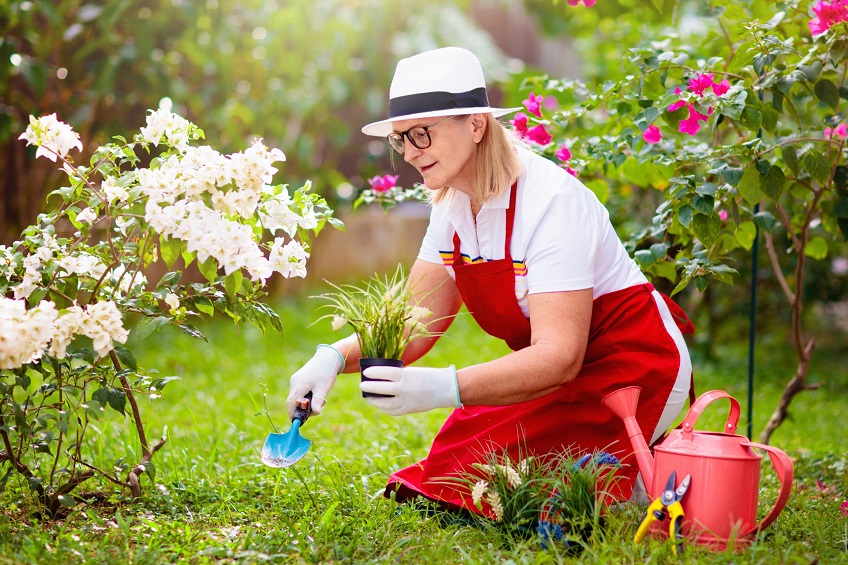


We may not have control over the weather, but we can control how and what we do in our gardens. This year will be interesting with our huge snowpack and melt that’s coming our way, and it’s likely that many homes will see a little flooding on their properties. Being proactive will be critical this spring, from sump pump maintenance to sandbag preparation. The melting snowpack could mean the water on your property may not be able to drain quickly enough. Here are a few ways to combat a soaked garden and some tips for this year’s wet spring.
Consider Raised Beds: Raised garden beds have many benefits, such as better weed control and improved growing conditions. They also are great for aiding in soil drainage if you have excess water.
Transplant Rather than Direct Seed: This spring is probably the best situation for transplanting. Start your seeds indoors and move them outside when the things are more stable.
Be Prepared: Check out Weatherspark.com for information on local weather conditions to help you decide which crops are worth harvesting. Some crops may not be suitable for our climate, however, if you really want to grow them anyway, you can get prepared with particular methods for success.
Increase Organic Matter Content: This will help the soil absorb more water manageably without compacting or going anaerobic. Compost improves the overall structure of soil, especially in wet conditions where plant material breakdown is rapid.
Cover the Soil: Physically covering the soil with tarping or plastic temporarily will help with excess runoff. Cover the soil before the runoff in the areas you want to plant.
Install a Tunnel or Fieldhouse: Consider installing a tunnel or field house and dig ditches around the sides to channel the runoff elsewhere. If possible and feasible, place a water catchment barrel at the end of the ditches to collect and use the water later.
Mix Plants with Varying Root Depths: Maximize the volume of living roots by combining plants with deep roots and plants with shallow roots.
Create Infiltration Trenches: Even if your garden area is small, digging trenches or swales will help the water to gradually seep into the soil while also sending larger volumes of water downhill.
If your property does flood after you have planted, try to drain it quickly by digging shallow trenches to force the flood water away from your plants. After flood water recedes, assess the soil to see what soluble nutrients were lost. Then you can decide what to add back in to make your soil healthy again. You will likely get a rush of weeds, which you’ll need to tackle quickly. The five main steps for recovery are: clean up, remove water, check for contamination, level out the ground, and rebuild the soil. Hopefully our snowpack melt will be kind to us this year, but if not, we can be prepared and ready to mitigate any flooding damages. The Dirt Bag is your expert resource for soil preparation and water-wise products, such as mulch and rocks. We can help you get through this wet spring successfully.